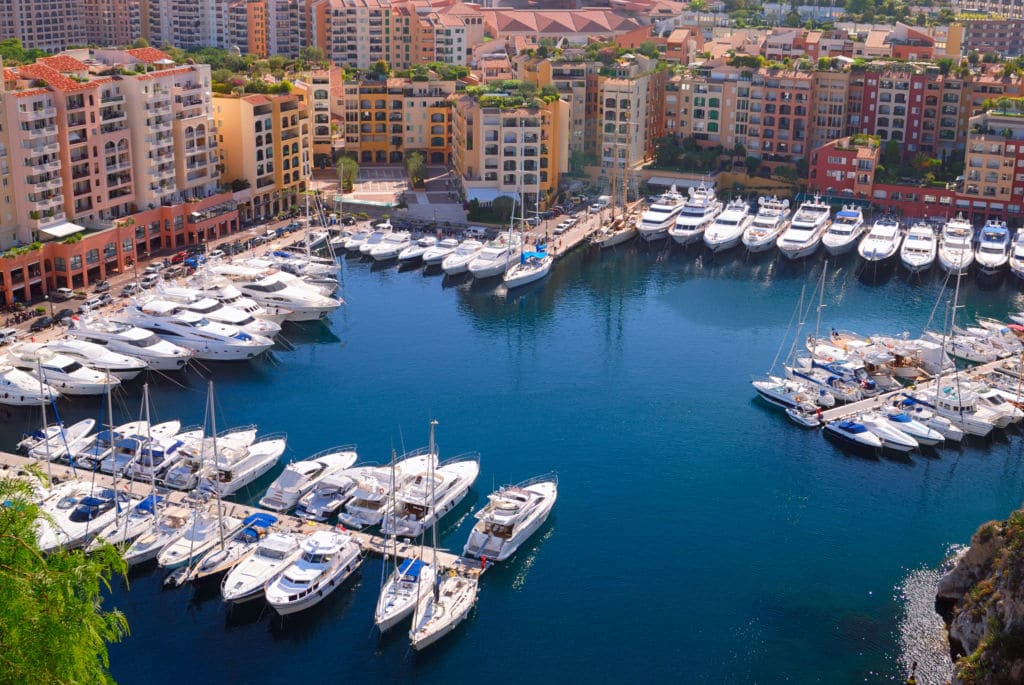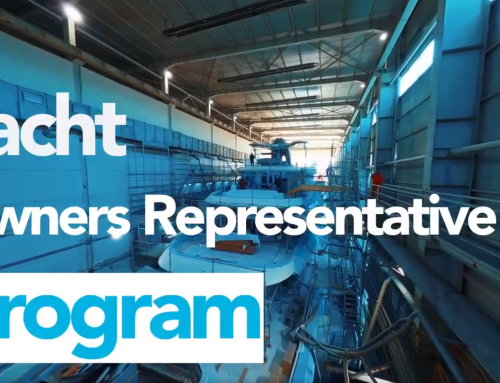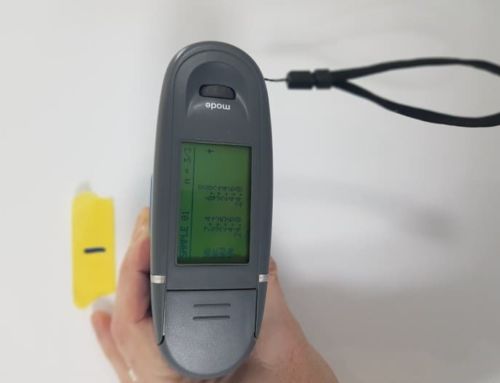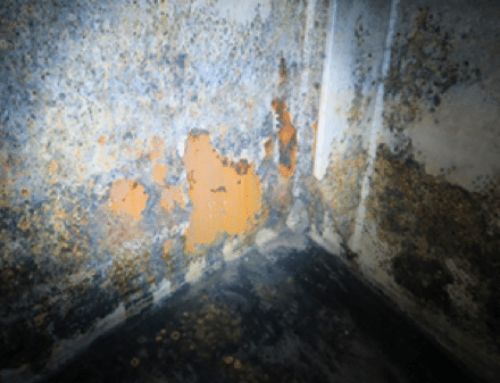The painting of a superyacht accounts for up to fifteen per cent of the cost of every new build and requires enormous expertise to get right. As independent expert Paul Bournas explains below, the room for error is very small with this highly visible part of a vessel.
Founded over two decades ago in Holland, CCS Coating Consultants for Superyachts employs experts around the world to offer genuinely independent advice, surveys, inspections and consultancy services to superyacht builders, owners and their representatives. Managing Director Paul Bournas leads a team of professionals who are known for their passion for paint. He is known in the industry for his no-nonsense approach to a business whose complexity he says is all too often underestimated. In this exclusive piece for Pilot, Paul reveals some of the potential pitfalls and challenges involved in coating a superyacht.
Let me start out by nailing my colours to the mast and saying that Feadship is among the best paintwork providers in the world. As I shall explain later, the in-house painting teams at the Feadship yards and the sub-contractors with whom they have a long-lasting relationship achieve remarkable results and have set the benchmark extraordinarily high. But how can yacht owners and their representatives with little or no experience of this very intricate field tell the difference until it is too late?
Most of the world’s major yards bring in subcontractors to take care of the fairing and painting. This period represents around one third of the total build time on an average four-year project. How can you be sure that their work, which involves a substantial amount of money, is up to scratch (pun intended)? CCS experts serve as a third party in the project, checking that everything is done properly both for insurance purposes and as a matter of aesthetics.
Changing industry
The need for an extra set of eyes has been made all the greater by the fact that the criteria have become much higher over the past decade or so. Methods, too, are changing at lightning pace, and the fact that some yards which offer large superyachts have only limited experience in their actual construction is also a major issue. As yachts have increased in size, the logistics, requirements and processes have all become very different.
There are other factors too. Increasingly stringent environmental legislation has meant that certain components have to be left out of paint, which makes the painting process more difficult. The new trend for metallic coating is already starting to seriously sort the wheat from the chaff when it comes to paintwork. And regardless of the type of paint, the greatest challenge of all is that people rarely leave enough time for the coating. As yachts continue to grow in size and build times are reduced, this issue will remain the biggest challenge in the future.
Managing expectations
One of the key factors for a successful outcome is to ensure that expectations are managed and met. It all starts when you sign the contract: what are the acceptance criteria, what are we agreeing with each other? Many yards opt for the ICOMIA standard, which I consider to be an industry minimum. Those same yards will, however, be pledging to their clients to build to a much higher level overall and later find themselves having to pay huge amounts extra to bring the paintwork up to the standard of the rest of the boat.
Sanding and fairing
Problems can occur when paint crews fail to keep to the agreed procedures. For example, in order to sand more quickly they might use coarser sandpaper, which leads to sanding marks. Moreover, if paint is over-diluted, especially dark colours, it can start out by looking great but within a month result in dye back, with the paint absorbed into the surface. The scratches then soon become visible again.
We also see a lot of fairing issues, caused by improper sanding procedures when corners are being cut. Sanding leads to matte surfaces and you only see these problems once you apply high-gloss paint. This is why some yards apply a show coat so these dents become visible and can be repaired before the final coat is applied. Some try to leave out the show coat, but that won’t happen if we are around!
Stresses and strains
Another factor that requires attention is the stresses placed on the different parts of a yacht during the build, e.g. with a steel hull and aluminium superstructure, constructed on the hard. Many tonnes of weight are being added to engine rooms. Giant slabs of glass are becoming the norm because they look fabulous – but this adds greatly to the weight. Launched into the water, flexible yachts start to creak. What happens to the fairing then? How does the mirror image look once the ‘mirror’ starts to bend? This is where experience is so vital to success.
The acceptance criteria (the standard agreed in the contract for the end of a build) is one thing – but what we at CCS are looking for is a way to determine some sort of performance criteria. In other words, we want to measure how the coating will ‘perform’ over the next three years. This is very difficult to gauge, as it involves variables that range from which detergent and brushes your crew will use to clean through to whether the yacht is cruising a double season in the Mediterranean and the Caribbean. The current lack of industry performance criteria make it all the more important to have third party coating experts on your side before the yacht is signed off. And to have the best possible painting performance at the time the coating is applied.
Innovation and continuity
One of the reasons we at CCS are impressed by Feadship is the enormous amount of money, time and energy the yards have invested in their own painters and facilities. The crucial fact that Feadship always has enough orders to retain the best coating staff means the craftsmen have an enormous amount of experience. Innovation is in their genes and the painters are continuously looking to do things better, always aiming for the highest quality.
Feadship wins prizes as an education and training company because of its dedication to having the right people in place in every discipline of superyacht construction, including the painting. At Feadship you sense that everything revolves around continuity and, as the ‘in-house surveyor’, we get to see the results up close and personal. They are impressive indeed.





